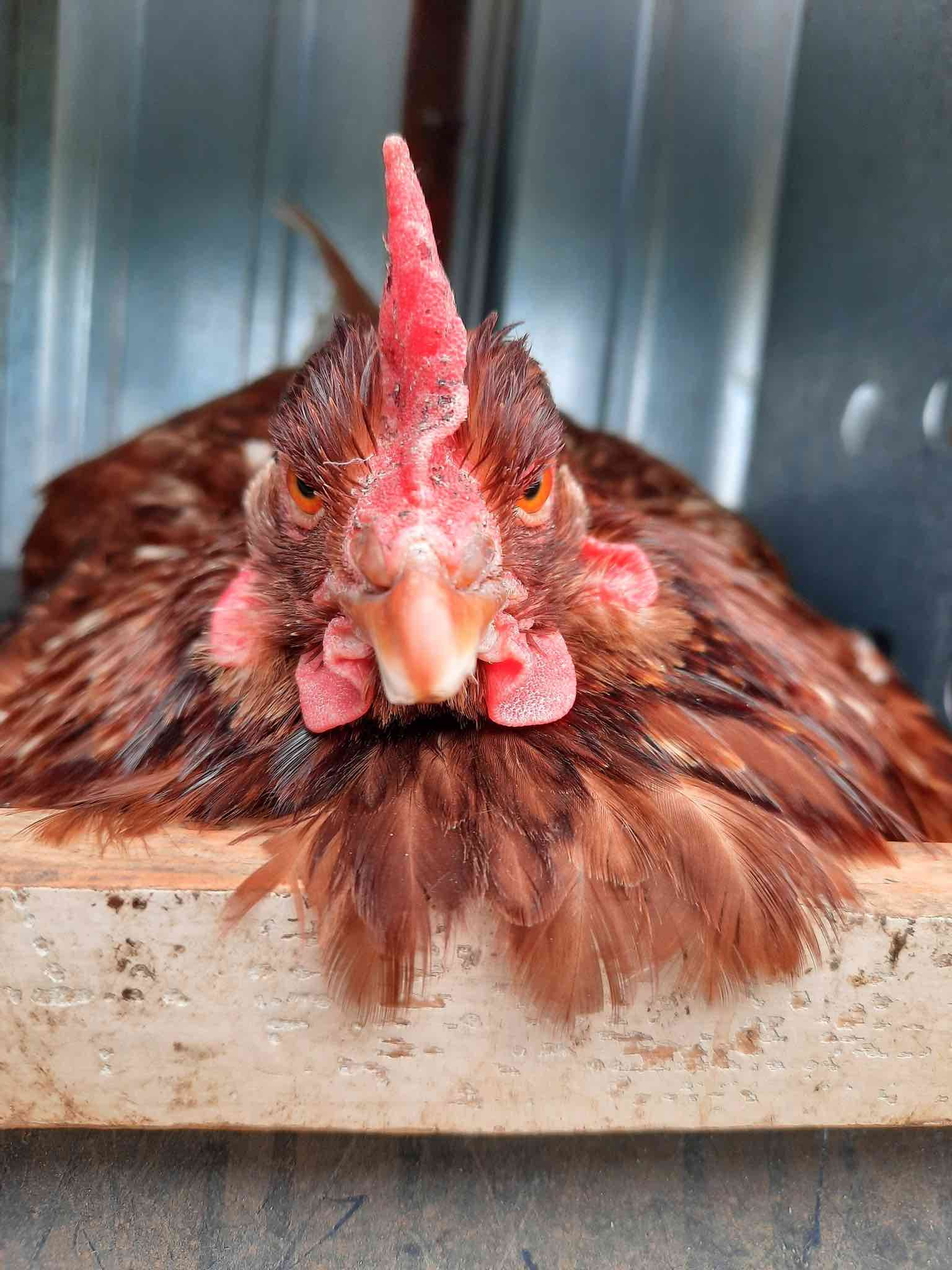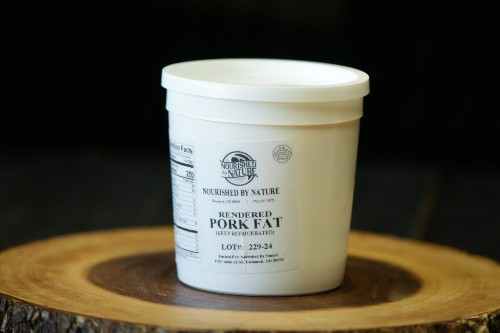Hearty Lamb Stew
posted on
February 19, 2015
From HomeOnThePasture.com by Kim Hitzfield

It is the season for big bowls of warm, hearty soups and stews.
Here is a recipe for a delicious lamb stew full of nourishing ingredients to help you welcome in autumn.
Slow Cooker Lamb Stew
1-2 pounds lamb stew meat
1 medium onion
2 cloves garlic
4-5 medium potatoes
2-3 medium carrots
2 cups lamb stock (can also use beef stock)
1 ½ cups water
2 T. balsamic or red wine vinegar
1 tsp. ground thyme
1 T. parsley
2 bay leaves
salt
pepper
2 T. olive oil
Place olive oil, lamb, onion and garlic in pan over medium heat season with salt and pepper. Cook until onions are soft and meat is starting to brown, about 10 minutes. Then place in a slow cooker. Add the stock, water and balsamic vinegar. Let cook on low for about 2 hours.
Cube the potatoes and cut the carrots into 1 inch chunks. Place in slow cooker, add the thyme, parsley, bay leaves and salt and pepper. Cook on low for another 2-3 hours or until the potatoes and carrots are soft.
Total cooking time, about 4-6 hours.
From HomeOnThePasture.com by By Kim Hitzfield






